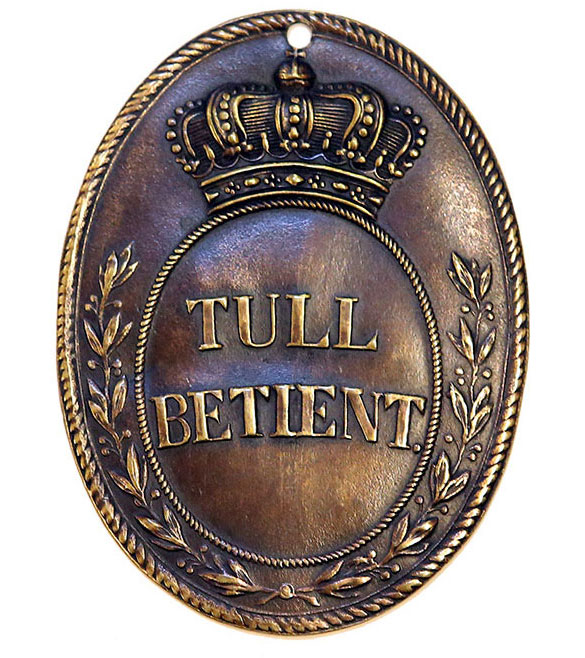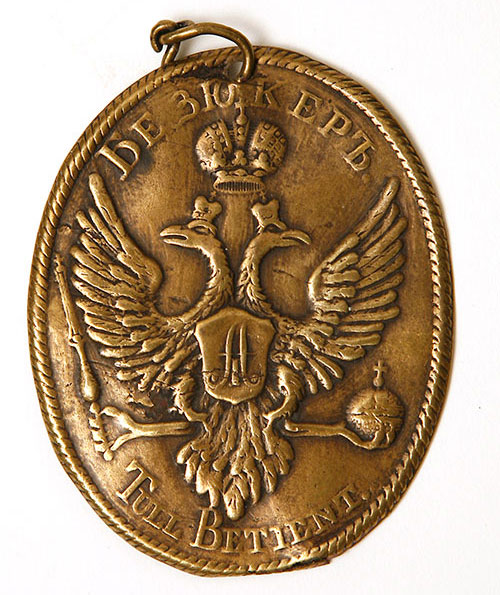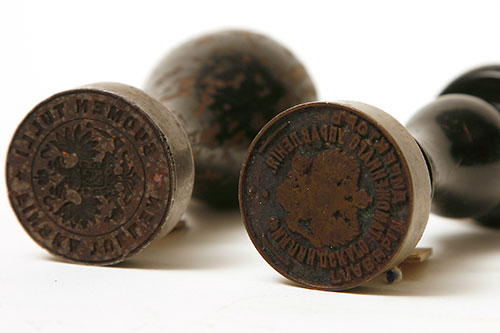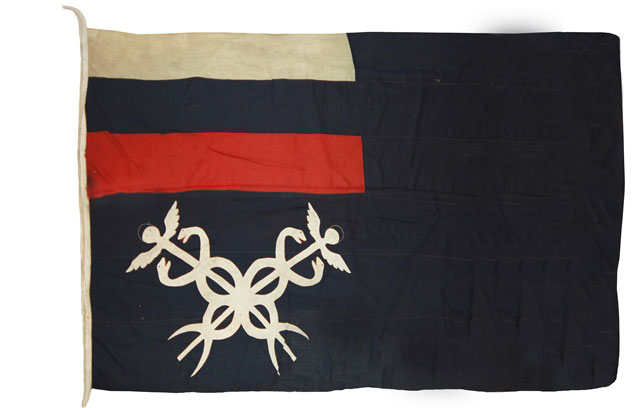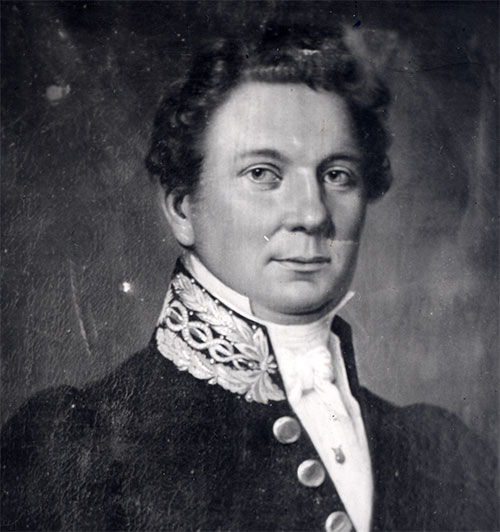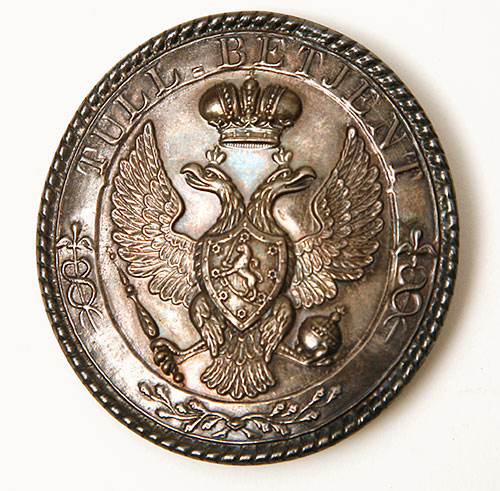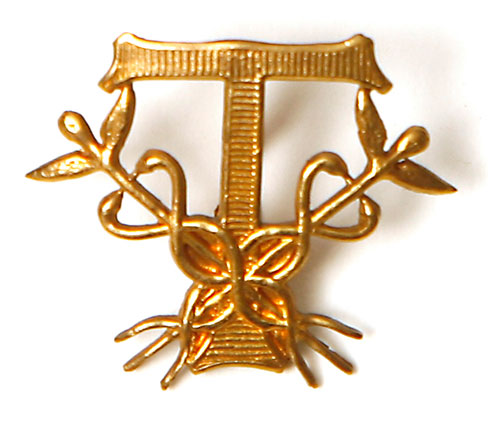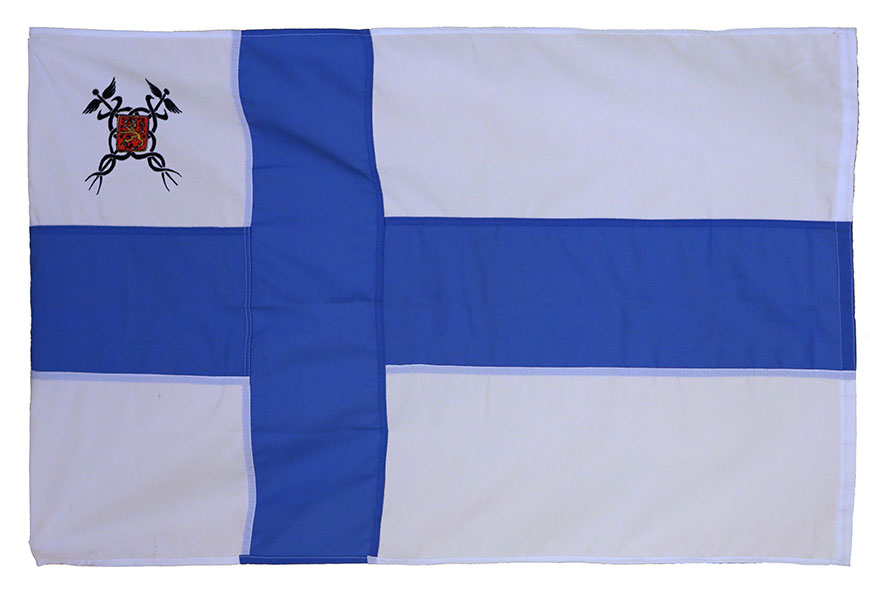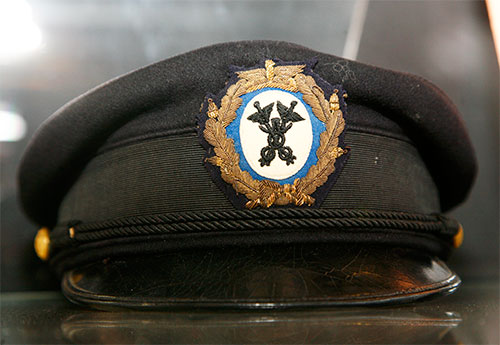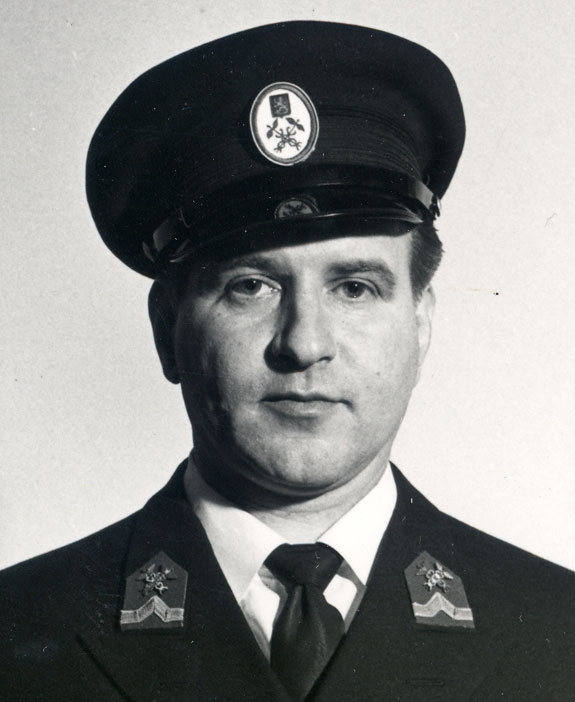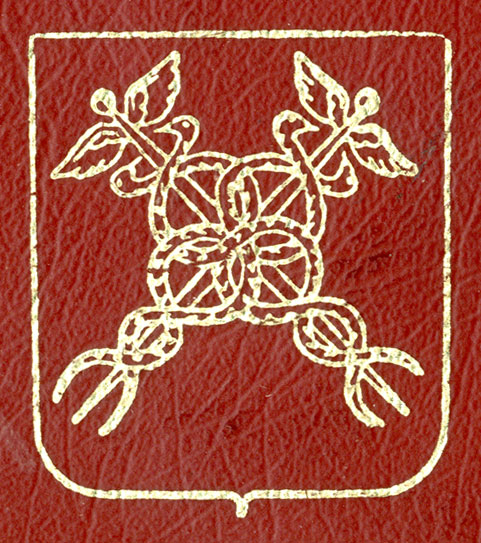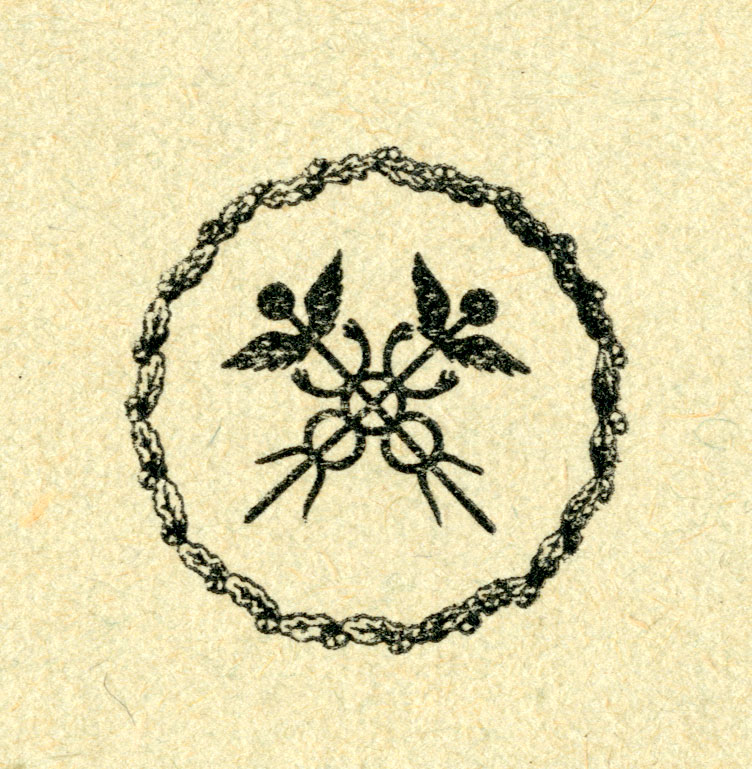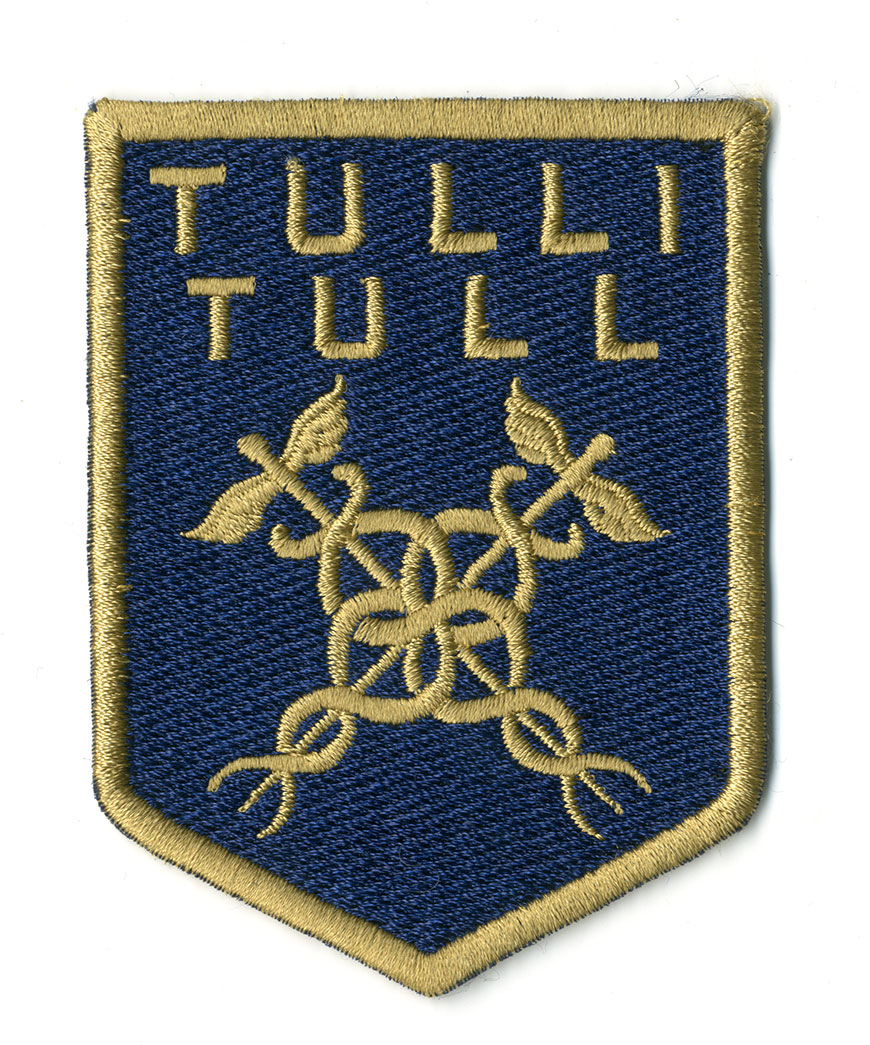Customs insignia
Tullin tunnuksen kuva |
Tietoa tunnuksesta |
|---|---|
|
The emblem of two caduceus staffs entwined by two serpents is not only a well-known symbol of trade, traffic and communication, but also of customs activity. The ancient Roman god Mercury was often depicted carrying a caduceus. Mercury was the messenger of the gods, and the protector of tradesmen and sea-farers. The two caduceus staffs, or alternatively a solitary caduceus, are featured in the insignia of the customs administrations of several countries. In Finland, the caduceus emblem and Customs share a long historical connection.
|
|
In Finland, the caduceus emblem was first featured in the customs seals of certain cities. This picture shows the land customs seal of Hämeenlinna from the 1700s. The seal has a caduceus next to a cornucopia, a symbol of abundance. Customs seals did not comply with any specific standard at that time. An individual seal could also be a factor contributing to safety.
|
|
During Swedish rule, the Finnish customs administration did not have a specific emblem or logo. Very often, the crown symbol was used. In the 1700s, the badge of a customs officer had a crown symbol and the Swedish text “tullbetient” (“customs servant”).
|
|
When Finland established its own customs administration in 1812, customs badges were replaced with new ones that displayed the monogram of Emperor Alexander I and the Russian double-headed eagle. A similar badge with the imperial monogram was in use also during the reign of Nicholas II.
|
|
In the time of Finland’s autonomy, symbols of the customs administration were not used in customs stamps. Later, the Russian heraldic animal, the double-headed eagle, became the customs symbol. When Finland gained independence, the eagle symbol was replaced by the Finnish lion. Then, the caduceus symbol was added to customs stamps.
|
|
In 1813, the Russian ministry of maritime affairs confirmed the status of the Finnish customs flag that was to be used by customs ships. The caduceus emblem is an essential element of the customs flag. The customs flag was used as a sign for halting ships that were to be inspected. In the early 1900s, all customs offices were ordered to fly customs flags during opening hours. The design of the flag remained the same until 1917.
|
|
The first customs uniform that was officially taken into use in 1825 did not bear any specific customs symbols. Customs uniforms were renewed in 1839. The caduceus motif featured in the sleeve and collar decorations of high-level customs officials. After the 1875 reform, uniforms no longer featured the customs symbol. Instead, the cap worn by customs officials bore the text “Tullivirasto” / ”Tullstaten” (“customs agency”).
|
|
The caduceus emblem was added to badges in the mid-1800s, at which time the Finnish character of the customs administration was emphasised to an increasing extent. The double-headed eagle featured in the customs badge had the lion of the Grand Duchy of Finland pinned to its chest.
|
|
The customs guard cap badge introduced in 1911 had the letter “T” combined with the caduceus emblem. The caduceus symbol was included in the signs of some customs offices, but this was quite rare. For a long time, there were several different signs with varying appearances.
|
|
The caduceus symbol was added to the Finnish Nordic cross flag in accordance with the government decree of 1918 on flags to be used by the customs and maritime administrations. A new decree on customs flags was issued in 1939, although it hardly changed the appearance of the flag. The Sea Guard which was founded in 1930 was also ordered to use the customs flag as a halting sign. The customs flag was used at customs offices and in vehicles. In accordance with the 1978 legal act on flags, the customs flag was removed from use in 1981. From then on, Customs was required to fly the state flag like other government agencies.
|
|
The 1919 decree on uniforms stipulated that the Customs cap badge was to have a black caduceus emblem on a blue and white background. The customs guard cap badge was made of enamel. Senior customs officials had a knitted badge. Senior customs officials wore a golden caduceus emblem also on their overcoat collars.
|
|
The caduceus emblem continued to be used by Customs also after the 1957 major reform of uniforms. When it was time again for new uniforms in the early 1970s, the knitted caduceus emblem remained in use. The new uniforms at that time had a less “military” look than before.
|
|
Along the course of the 20th century, the Customs logo appeared ever more frequently in Customs publications. However, the layout of the logo was not officially confirmed, which meant that there were several variants of the logo.
|
|
In 1998, the official appearance of Customs insignia was confirmed. The new look comprised the official colours, shapes and measures of the Customs emblem. The emblem and the logo were also included in documents drafted by Customs. After 1998, the Customs logo was also used in signs and vehicles. The logo has undergone only slight changes. It still has the same main features as in the late 1990s. In 2015, the Customs flag based on the official Customs emblem was confirmed. |


